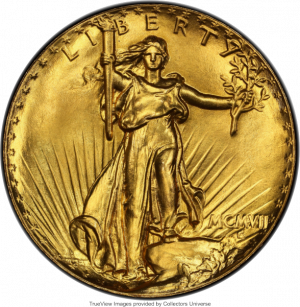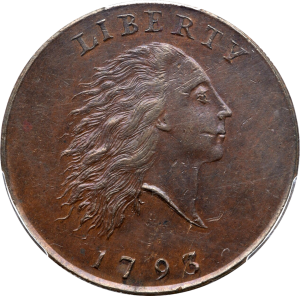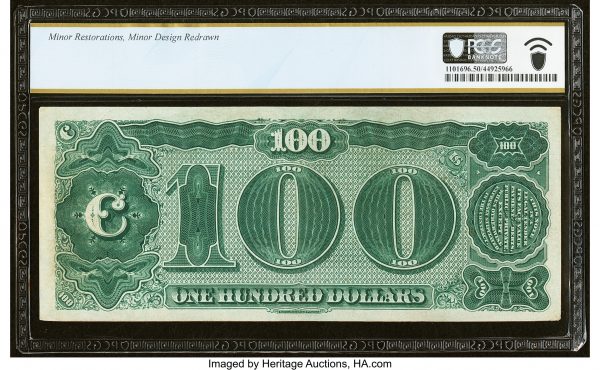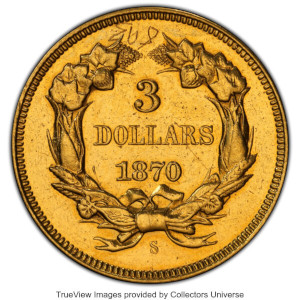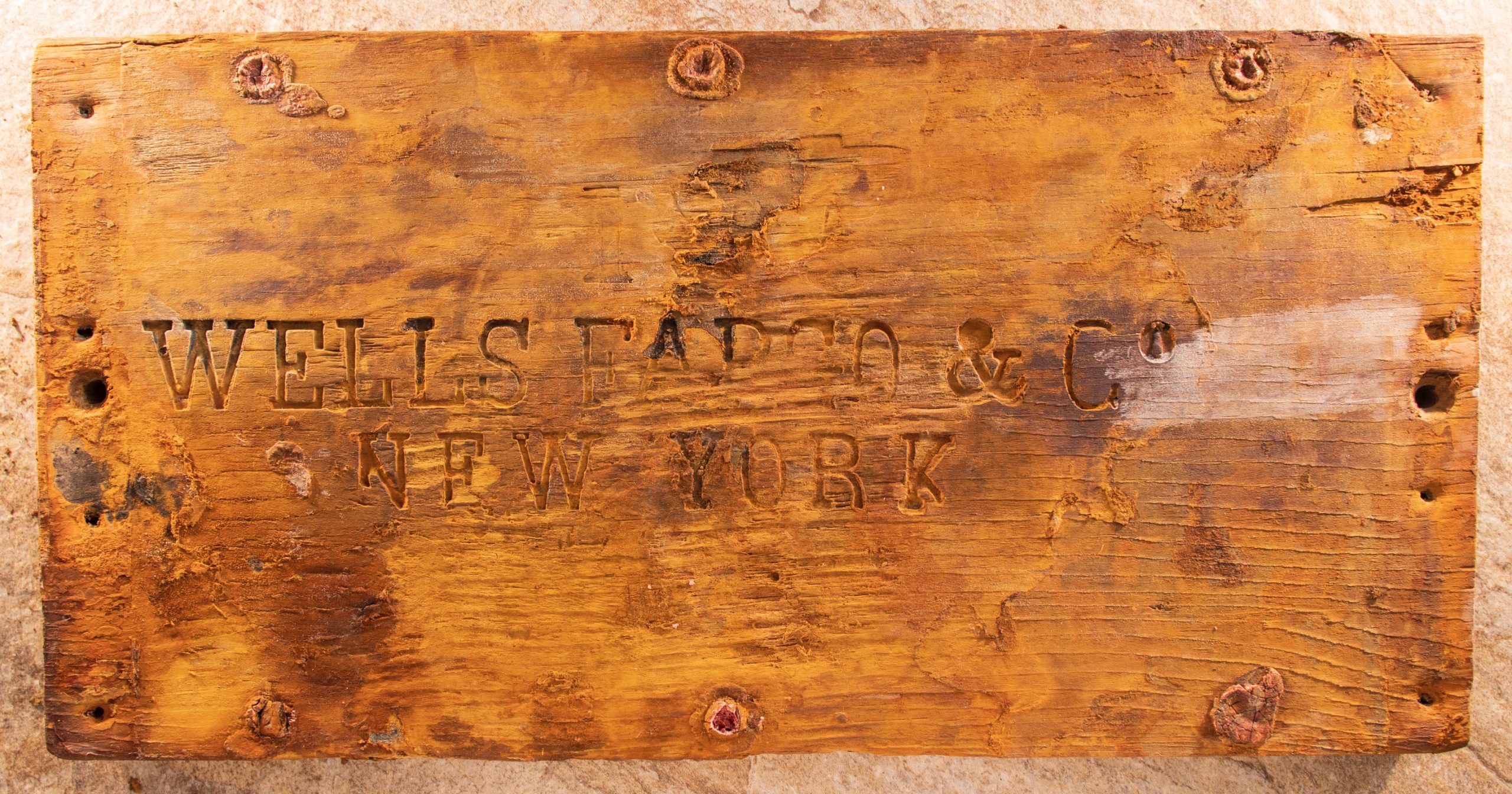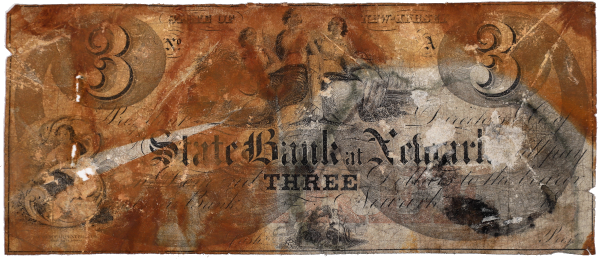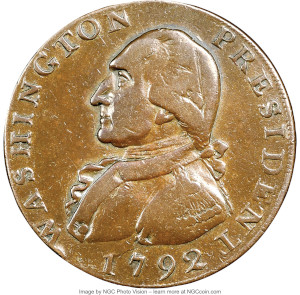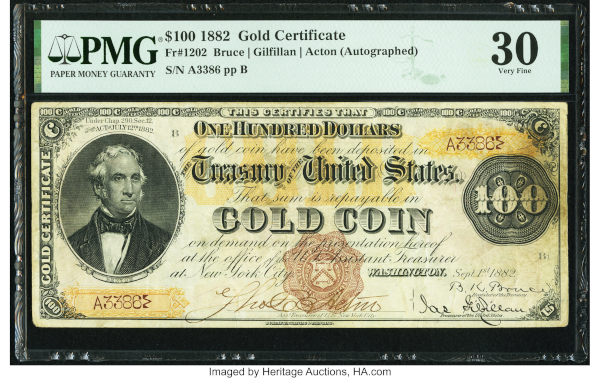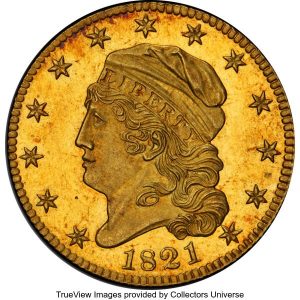1907 Double Eagle Soars in Heritage Auction from Bass Collection
Heritage Auctions is excited to announce that a remarkable collection of rare coins from the esteemed Harry W. Bass, Jr. Collection will be up for auction on August 10th through Heritage Auctions, an Event Auctioneer Partner of the ANA’s World Fair of Money. Among the highlights is the highly-graded 1907 Ultra High Relief Double Eagle, PR69, which is tied for the finest known example.
The proceeds from this auction, as with the previous three auctions from the Bass Core Collection, will go towards supporting numerous Dallas-based nonprofits, with a special emphasis on early childhood education and literacy programs in the area. Harry Bass Jr., a passionate numismatic collector and a loyal resident of Dallas, dedicated much of his life to assembling one of the most extraordinary collections of U.S. Federal gold coins. Through the generosity of the Harry W. Bass Jr. Foundation, the Dallas community has already benefited from the $62.6 million raised in the previous auctions, and this auction will contribute further to this impressive total.
The featured 1907 Ultra High Relief Double Eagle is a truly exceptional coin. It was the first of its kind to be publicly offered in 1920 and has since remained out of public reach. Previously held in the renowned collections of John H. Clapp and Louis E. Eliasberg Sr., this rarity now presents a unique opportunity for collectors and enthusiasts to own a piece of history.
Another highly sought-after coin in the auction is the finest known 1829 Capped Head Left Half Eagle, PR66+ Cameo, which is the only proof 1829 Small Date half eagle in private hands. Notably, the last time an 1829 Capped Head Left half eagle was auctioned by Heritage Auctions, it fetched a record bid of $2.88 million. The rarity of this coin, combined with its exceptional condition, makes it a true standout in the numismatic world.
Other notable treasures include an 1828/7 Half Eagle, an 1799 $10 Large Obverse Stars, an 1863 Three Dollar, and an 1877 Fifty Dollar coin. Each of these coins represents a significant piece of history and rarity in the early U.S. gold series. The opportunity to own these exceptional coins rarely comes around, and collectors and enthusiasts are eagerly anticipating this auction.
The Harry W. Bass, Jr. Collection is not only a testament to the passion and dedication of its collector but also a remarkable philanthropic endeavor benefiting the local community. With each auction, the foundation continues to make a profound impact on early childhood education and literacy in Dallas. Don’t miss your chance to participate in this extraordinary event and contribute to a worthy cause.
For more information and to participate in the auction, visit the Heritage Auctions website.
